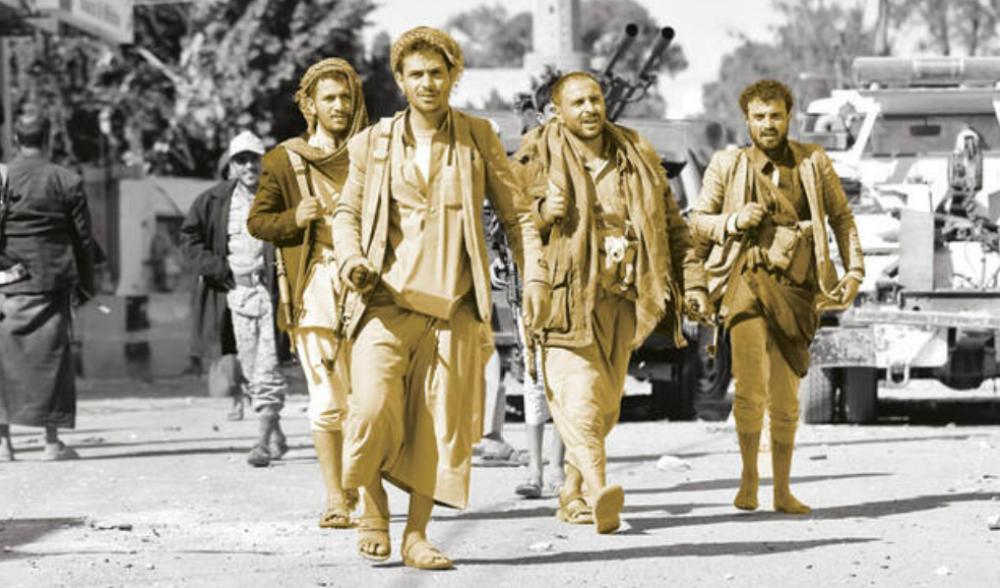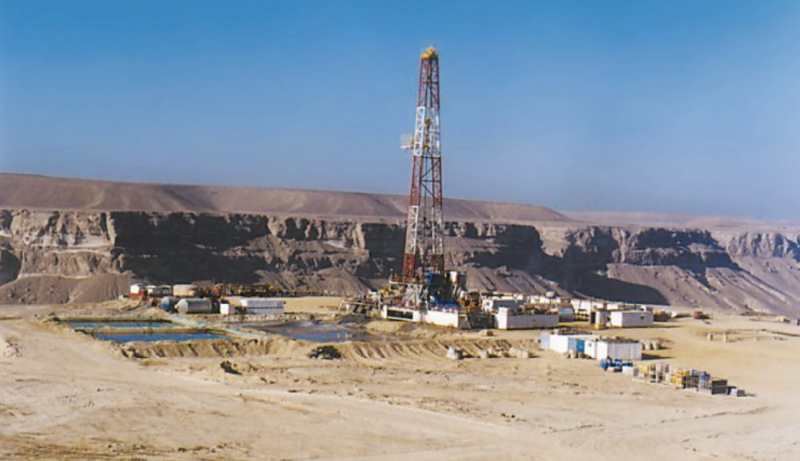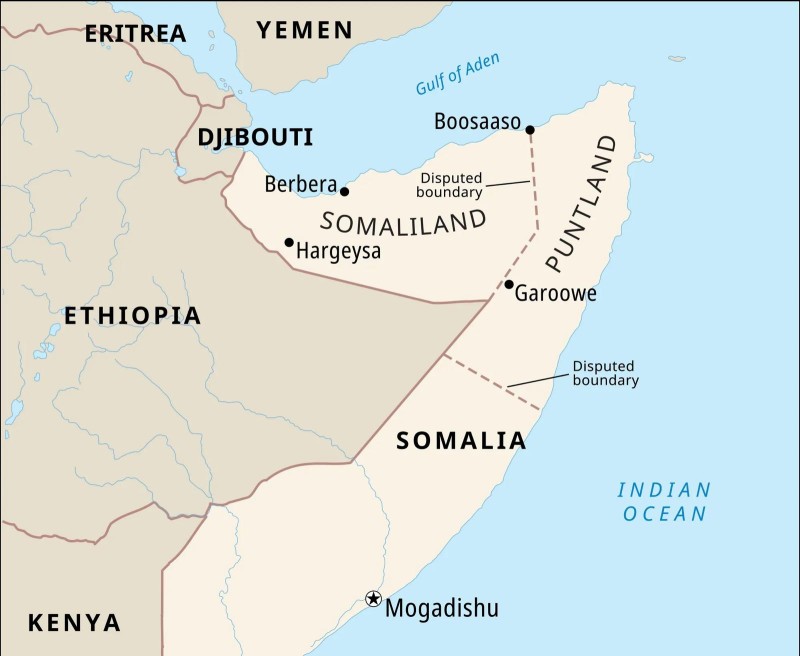2004 - The Houthi insurgency in Yemen


In September 2004, Yemen’s largest state-run newspaper, Al-Thawara, published a front-page story declaring that the nation’s army had killed Hussein Badruddin Al-Houthi, leader of the newly established Houthi movement, in the northwestern province of Saada, strangling his revolt at birth.
It reported that President Ali Abdullah Saleh had thanked his military and security forces for “completely” defeating the Houthi revolt only months after it began.
More than two decades later it is clear that both the newspaper and Saleh spoke too soon. The Houthis now have control of central and heavily populated northern areas that are home to 70 percent of Yemen’s people.
The Houthis have evolved from a tiny group confined to a range of steep mountains in Saada to a force fighting not only fellow Yemenis and neighboring nations but even the US, with weaponry capable of striking targets as distant as Israel.
A decade before his death, Al-Houthi and his father, along with other Zaidi religious figures, had established Al-Haq, the Party of Truth. In the mid-1990s, Al-Houthi represented the party in the Yemeni parliament. He had also joined the Believing Youth Forum, another Zaidi religious advocacy group, in the early 1990s.
He subsequently abandoned both organizations and dropped out of higher education in Sudan because of his beliefs, which placed him at odds with many fellow Yemenis, including his co-religionists.
In 2002, Al-Houthi devised his movement’s slogan — “God is great! Death to America, death to Israel! Curse the Jews! Victory to Islam!” — and urged his followers to express it in Saada’s mosques and elsewhere in the country, angering the Yemeni authorities.
President Saleh accused Hussein of attempting to “turn back the clock” and restore the imams who had dominated northern Yemen for generations, and of killing troops, harassing people and robbing public funds.
When the Yemeni army killed Al-Houthi in 2004, he was succeeded by his brother, Abdul Malik Al-Houthi, who carried on where his sibling had left off. The conflict with the Yemeni government in Saada continued, on and off, until 2010, leaving much of the province in ruins, hundreds of people dead and many more displaced.
In 2011 the Houthis took advantage of the turmoil in Sanaa, the capital, that followed the Arab Spring-inspired demonstrations against Saleh’s regime, to take full control of Saada province.
Despite a declared commitment to the peaceful pursuit of their goals during their participation in anti-Saleh protests and the UN-brokered National Dialogue Conference that brought together major shareholders in Sanaa to agree a road map for a post-Saleh Yemen, the reach of the Houthis expanded from their Saada heartland.
They launched incursions into Amran, Hajjah and Al-Jawf governorates, attacking public facilities and military bases, and looting weapons to boost their arsenal.

Aden – Malaysia and Algeria have reiterated their firm positions in support of Yemen’s unity, sovereignty, and territorial integrity, w…

The Arab League, the Muslim World League, and several Arab and Islamic countries have called for an immediate halt to military escalation in Yemen,…

Hargeisa -- In the first international recognition since it declared independence from Somalia in 1991, Israeli Prime Minister Benjamin Netanyahu a…